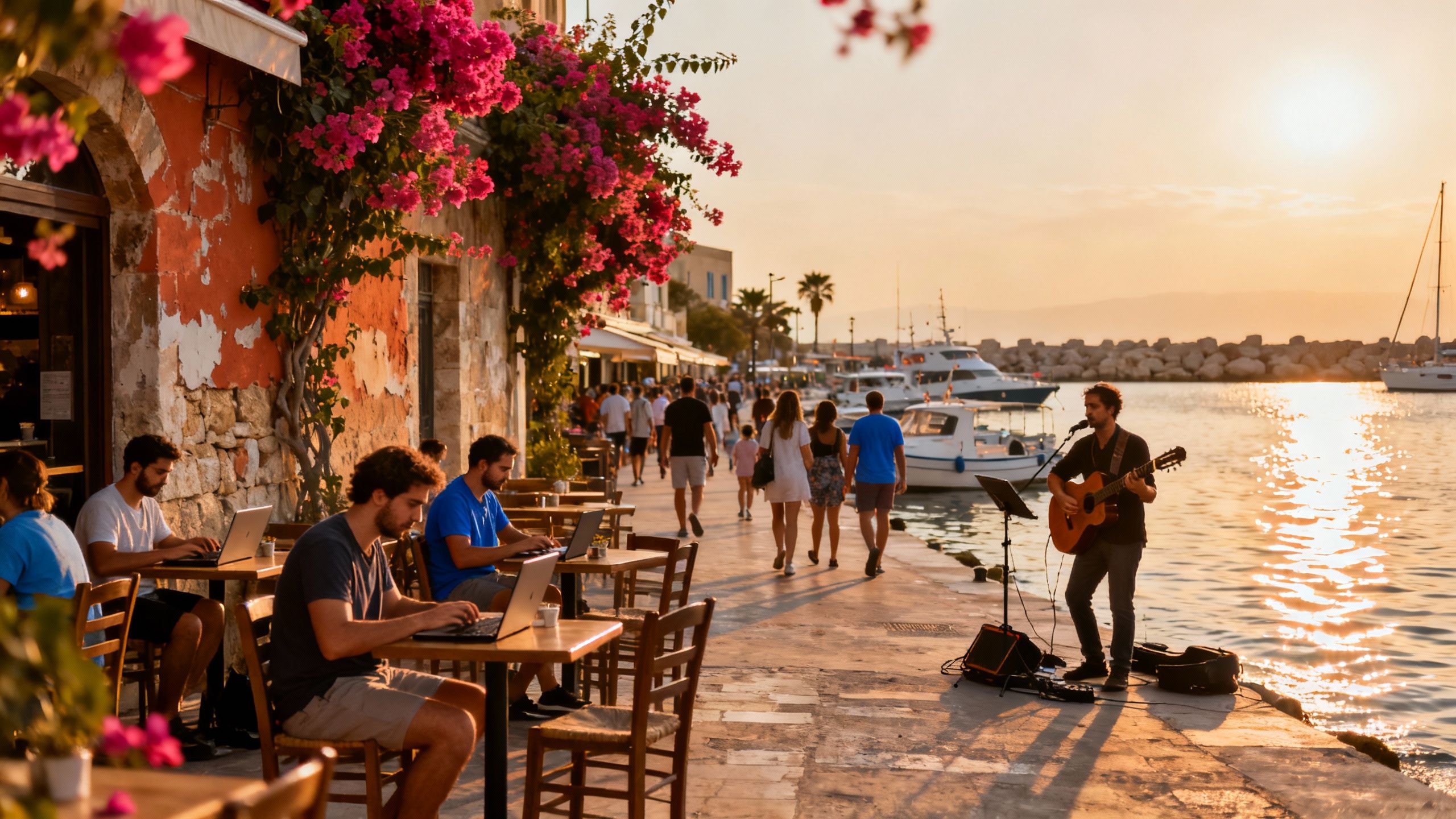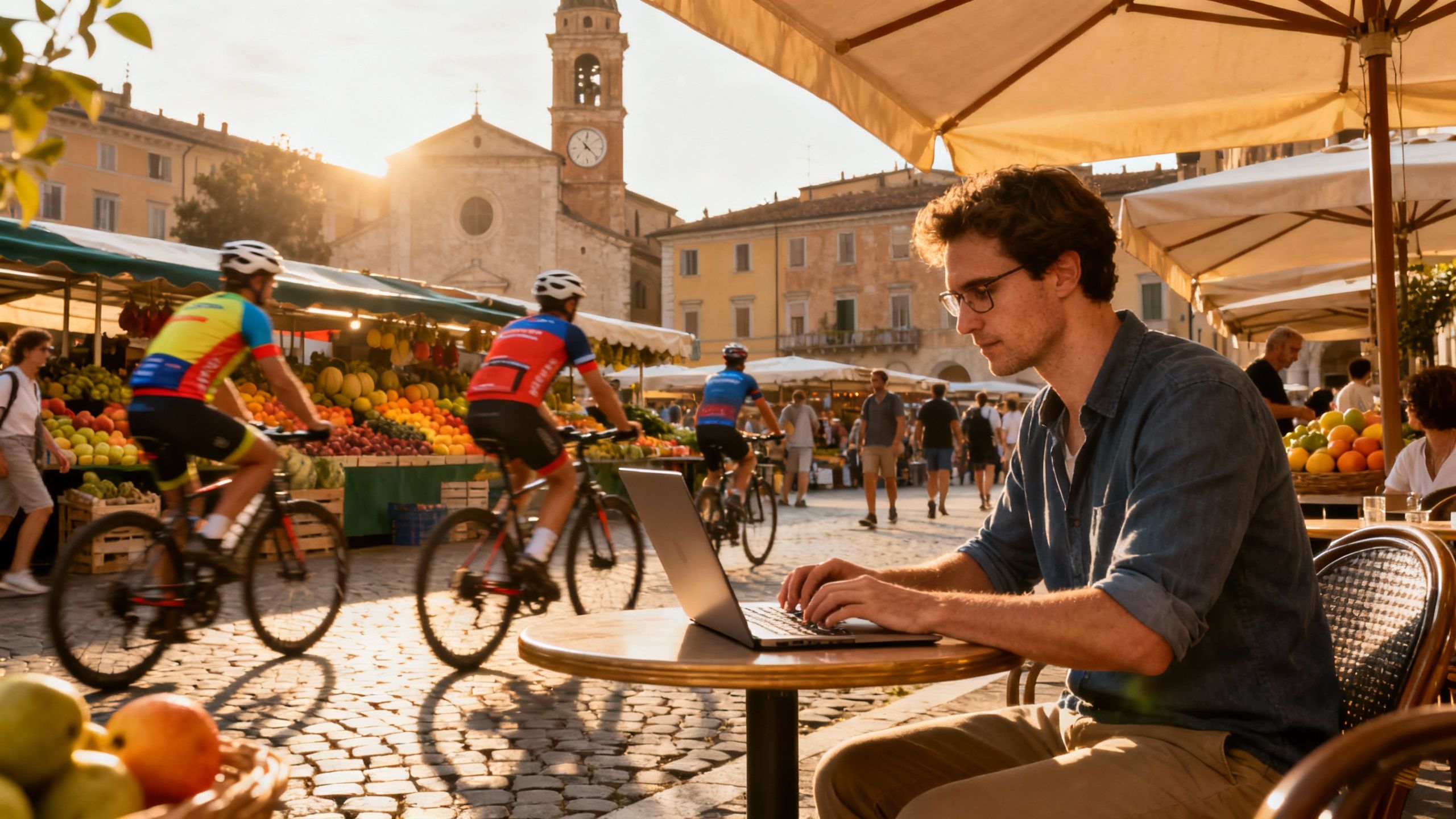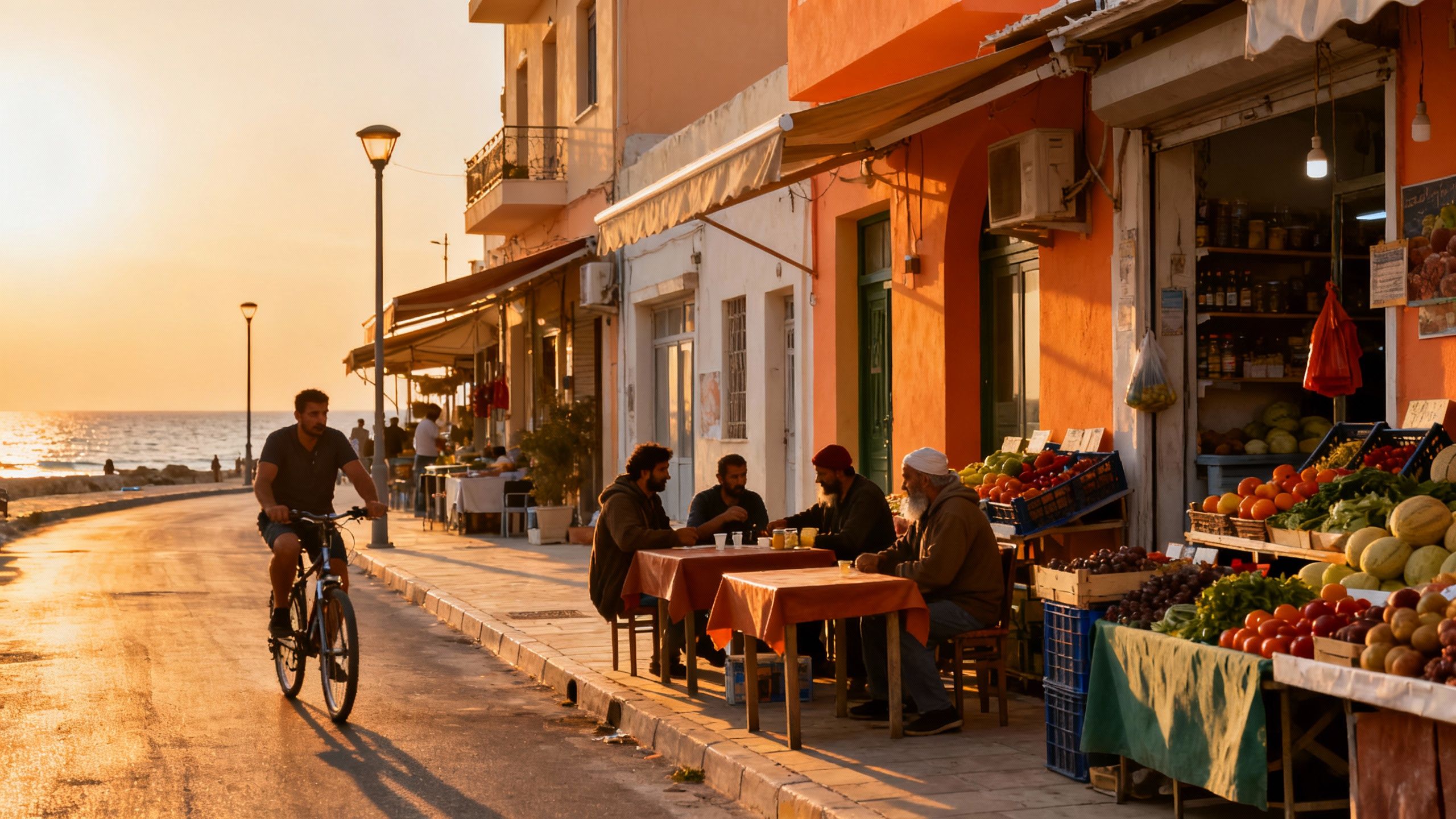Croatia: How Seasonality, Taxes & Banks Shape Your Buy
How Croatia’s lifestyle rhythms and 2024–25 policy shifts change mortgage, banking and rental math—practical financing steps for international buyers.
Imagine stepping out for espresso on Split’s Riva at dawn, then closing a client call from a sunlit terrace in a stone house on Hvar. Croatia moves at a Mediterranean rhythm — market mornings are busy, afternoons slow into long lunches, and coastal summers hum with seasonal energy. That lifestyle is why many nomads and international buyers are drawn here, but the money side—mortgages, currency, and changing short‑term rental rules—shapes what you can actually afford and where you’ll thrive. This guide blends the lived-in lure of Croatian life with concrete financing and banking steps to make the move realistic and joyful.
Living the Croatia life — mornings, markets, and neighborhoods

Picture Saturday at Dolac market in Zagreb, bargain rows of fig jam and smoked cheese, or a summer evening in Rovinj where pastel facades glow and neighbors linger over wine. Croatia’s neighborhoods range wildly: Zagreb’s Lower Town hums with cafes and coworking spots, Split’s Veli Varoš feels authentic and compact, while islands like Brač or Vis offer a slower, community-centered pace. That variety means your financing choices should match lifestyle: do you need easy cash flow for a tourist rental in peak months, or a mortgage for a quiet year-round base?
Neighborhood spotlight — Split (Veli Varoš & Diocletian’s Palace). Walkable alleys, fish markets, and rooftop cafés mean island life’s not just for tourists. For buyers that want a lively street scene and short rental appeal, this area delivers strong summer occupancy but needs careful cashflow planning outside season.
In Split you’ll swap long commutes for strolls to the waterfront. But that charm comes with a seasonal income profile: rental yields spike in July–August and dip in winter. If you’re considering financing, plan for those troughs — lenders look at stable income, so a buffer or a lender that values long-term deposits matters.
Food & social life — Zagreb and Istria. Zagreb’s café-lined streets and coworking scene (think: Chapter One, Swanky Mint) make it a magnet for remote workers year-round. Istria—Rovinj and Pula—pairs truffle restaurants and slow weekends with hillside villas that attract buyers wanting balance between agritourism income and family life.
Lifestyle highlights worth budgeting for:
Zagreb’s coworking community and winter cultural calendar.
Adriatic coast: peak summer demand, boat moorings, and seasonal maintenance costs.
Istrian hill towns: farm-to-table lifestyle, stone houses needing renovation budgets.
Islands (Vis, Hvar, Brač): community feel but higher logistics and utilities costs off-season.
Making the move: practical financing, banking, and currency realities

Dreams meet numbers here. Croatia’s national house prices have been rising — official indices show double-digit annual growth in recent quarters — which changes timing and loan strategy for buyers. Lenders, tax shifts, and tightening rules on short-term rentals affect what housing cashflow looks like, so you need a financing plan that respects both seasonal living and the fast-moving market.
Why short-term rental laws matter for buyers. New rules and taxes aimed at reining in tourist-only apartments change rental economics overnight; places that once paid for themselves in peak months may no longer do so. If you plan to offset mortgage payments with holiday lets, re-run your numbers with conservative occupancy (40–50% annually) and check the latest municipal regulations — Dubrovnik, Split and many islands are actively tightening permitting.
Mortgages, currency and who can lend. Croatian banks lend to non-residents but policies vary: some require EU residency or a local guarantor, others accept foreign income with higher down payments. Most lending is in euros or kuna-linked terms; ask whether the rate is fixed, variable, or euro‑pegged. Check the Croatian National Bank guidance and shop multiple lenders — a 10–20% difference in deposit requirement is common depending on nationality and property type.
Practical financing steps (lifestyle + money blended):
1) Set a realistic seasonal cashflow model — assume 40–50% tourist occupancy if you’ll rent short-term; build a 12‑month maintenance and tax buffer.
2) Pre-approve a mortgage with at least two Croatian or regional banks; compare currency options (EUR vs HRK-linked) and total costs including fees.
3) Open a Croatian bank account early — it speeds payments, utility setup, and tax filings, and makes you look like a lower-risk borrower.
Insider knowledge: what expats wish they'd known before buying
Real talk: I bought a stone apartment near Rovinj and learned fast that charming details hide costs — damp-proofing, septic upgrades, and coastal maintenance. Recent policy moves in Croatia also mean more properties will face property tax or rules that favor long-term rentals over holiday lets. That’s good for communities, but it changes yield math for investors and the down-payment you should have ready.
Cultural & practical integration tips. Learn basic Croatian phrases, join local Facebook groups (expat & municipal pages), and spend time in neighborhoods off-season to feel community rhythms. Local notaries and agencies expect patience and paperwork; a translator or bilingual lawyer is a lifestyle investment that smooths both bureaucratic and social transitions.
Long-term lifestyle and resale considerations. Coastal towns can be trophy assets but think about resale in slow months, sea-level maintenance, and new local rules that may limit tourist rentals. Inland towns and Zagreb often offer steadier year-round demand and lower upkeep budgets — a tradeoff between instant coastal romance and reliable long-term living.
Red flags and checks before you sign:
Confirm zoning and rental permits — coastal municipalities are updating short‑term rules regularly.
Ask for historical utility and maintenance costs — stone houses often need unexpected works.
Verify ownership and encumbrances with a local notary — Croatian registry checks are non-negotiable.
Stress-test rental income (low-season projections) before relying on it for mortgage servicing.
Conclusion — live the life, but plan the numbers. Croatia rewards people who care about daily rhythms: market mornings, long lunches, and seaside sunsets. Fall in love with a neighborhood first; then bring lenders, notaries, and a trusted bilingual agent to make it reality. Start by opening a local bank account, getting pre-approval, and spending at least one off-season month in your chosen area — that’s the sweet spot where lifestyle meets smart financing.
Swedish, relocated to Marbella in 2018 to chase sun and property freedom. Focus on legal navigation and tax for Nordic buyers.


